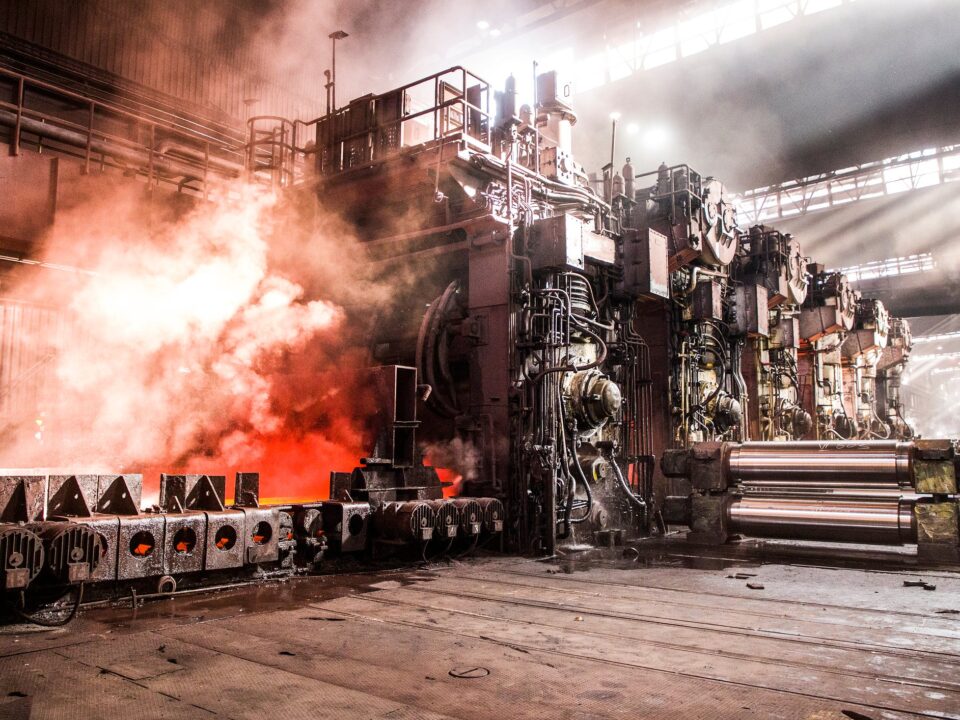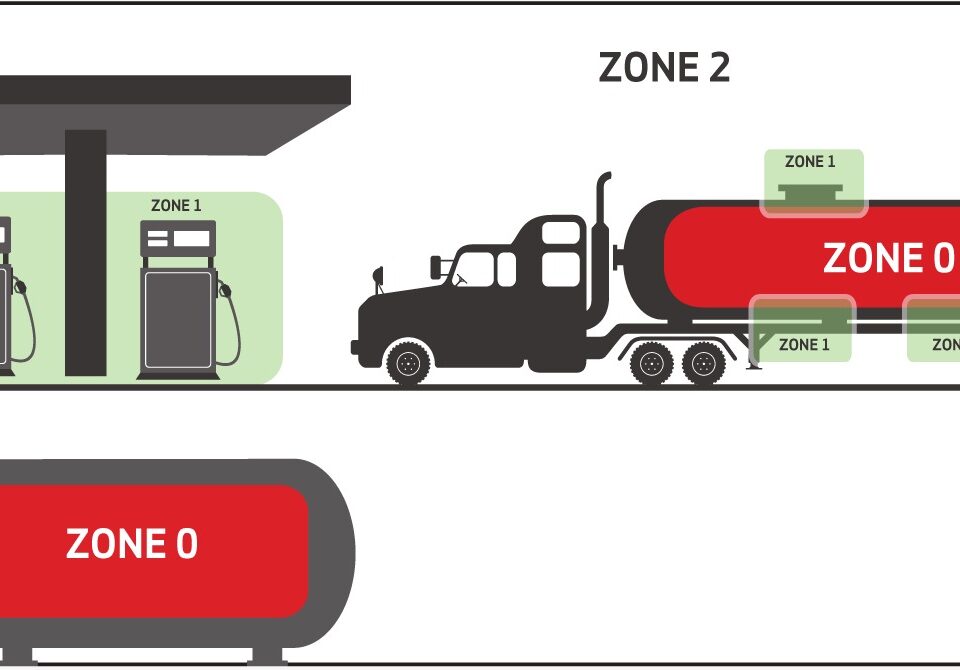Prestartup Safety Review – The Safety Master

Electrifying Safety: Navigating Electrical Safety Audits in Indian Industries
January 6, 2024
HAZOP Studies: Unveiling the Safety Master
January 22, 2024In the fast-paced world of startups, ensuring safety during the initial phases of operations is paramount. One of the key methodologies that have gained prominence is the Prestartup Safety Review (PSSR). In this article, we’ll delve into the intricacies of PSSR, exploring its components, benefits, challenges, and the revolutionary concept of the Safety Master approach.
Understanding Prestartup Safety Review (PSSR)
Definition and Purpose of PSSR
A Prestartup Safety Review is a meticulous process undertaken before commencing operations. It involves a comprehensive evaluation of equipment, processes, and procedures to guarantee a safe working environment.
Legal and Regulatory Aspects Related to PSSR
Understanding the legal obligations and regulatory frameworks surrounding PSSR is crucial for businesses. Compliance not only ensures safety but also shields the company from legal repercussions.
Key Components of PSSR
Equipment Inspection and Verification
A critical aspect of PSSR involves a detailed examination of equipment. This includes checks for proper installation, calibration, and functionality.
Documentation and Procedural Checks
Thorough documentation ensures that every safety procedure is in place. PSSR mandates the review of manuals, emergency protocols, and standard operating procedures.
Safety Training and Awareness
Employees are the frontline defenders of safety. PSSR emphasizes training programs to enhance safety awareness and response capabilities.
The Safety Master Approach
Introduction to the Safety Master Concept
The Safety Master is not just a person but a comprehensive approach to safety. It involves integrating safety considerations into every aspect of startup operations.
How Safety Master Enhances PSSR Effectiveness
By having a designated Safety Master overseeing the PSSR process, companies can ensure a more thorough and proactive approach to safety.
Benefits of Implementing Safety Master
Improved Safety Culture
The Safety Master approach fosters a culture where safety is not just a process but a shared responsibility, leading to a safer and more productive work environment.
Enhanced Operational Efficiency
A safer workplace directly contributes to operational efficiency. Reduced accidents mean fewer disruptions, smoother operations, and ultimately, higher productivity.
Cost Savings Through Risk Reduction
Investing in safety through the Safety Master approach may seem like an upfront cost, but it significantly reduces the financial impact of accidents, legal issues, and damage to equipment.
PSSR Implementation Steps
Planning and Preparation
A well-planned PSSR begins with thorough planning, identifying potential risks, and preparing for any contingencies.
Execution and Documentation
The actual implementation of PSSR involves meticulous execution and detailed documentation of findings and corrective actions.
Continuous Improvement Strategies
PSSR is not a one-time activity. Continuous improvement involves learning from experiences and updating safety protocols accordingly.
Case Studies
Real-World Examples of Successful PSSR Implementation
Examining instances where PSSR was executed successfully provides valuable insights into best practices and effective strategies.
Lessons Learned from Past Incidents
Analyzing past incidents helps in understanding the consequences of neglecting safety and reinforces the importance of thorough PSSR.
Challenges in PSSR
Common Obstacles During PSSR
From lack of resources to resistance to change, PSSR faces various challenges that need to be addressed for successful implementation.
Strategies to Overcome Challenges
Identifying challenges is only the first step. Implementing strategies to overcome these challenges is essential for a successful PSSR.
Importance of Employee Involvement
Engaging Employees in the PSSR Process
Employees are often the best source of insights into potential risks. Involving them in the PSSR process ensures a more comprehensive safety evaluation.
Creating a Safety-Oriented Work Culture
Fostering a culture where safety is a collective responsibility leads to increased employee morale, reduced accidents, and overall improved productivity.
PSSR and Sustainable Business Practices
Aligning Safety with Environmental Responsibility
Integrating safety practices with sustainable business approaches ensures not only the well-being of employees but also a positive impact on the environment.
Long-Term Benefits of Integrating Safety into Startup Processes
Prioritizing safety during the startup phase sets the foundation for sustainable growth, avoiding setbacks caused by safety issues in the long run.
Continuous Monitoring and Adaptation
Regular Safety Audits and Assessments
Periodic safety audits are essential to ensure that safety protocols are up to date and effective in addressing potential risks.
Adapting PSSR to Evolving Industry Standards
With technology and industry standards evolving, PSSR must adapt to these changes to maintain its efficacy in ensuring safety.
Measuring PSSR Effectiveness
Key Performance Indicators (KPIs) for PSSR
Establishing KPIs helps in measuring the success of PSSR, allowing for continuous improvement and refinement of safety protocols.
Analyzing and Improving Safety Metrics
Analyzing metrics related to safety incidents provides valuable data to identify areas that need improvement and enhance overall safety.
Future Trends in PSSR
Technological Advancements in Safety Reviews
As technology progresses, the future of PSSR may involve more sophisticated tools and techniques for a more thorough safety evaluation.
Industry Shifts and Their Impact on PSSR
Keeping abreast of industry changes is crucial to adapting PSSR to new challenges and ensuring its continued effectiveness.
Engaging Stakeholders in Safety
Collaborating with Regulators and Industry Experts
Engaging with regulators and experts ensures that the PSSR process aligns with industry best practices and legal requirements.
Creating a Safety-Conscious Supply Chain
Extending the safety focus to suppliers and partners ensures a holistic approach to safety throughout the entire business ecosystem.
Conclusion
In the dynamic world of startups, prioritizing safety through a robust Prestartup Safety Review, complemented by the innovative Safety Master approach, is not just a legal requirement but a strategic necessity. By integrating safety into every aspect of operations, businesses can foster a culture of responsibility, ensuring the well-being of employees and the long-term sustainability of the enterprise.



